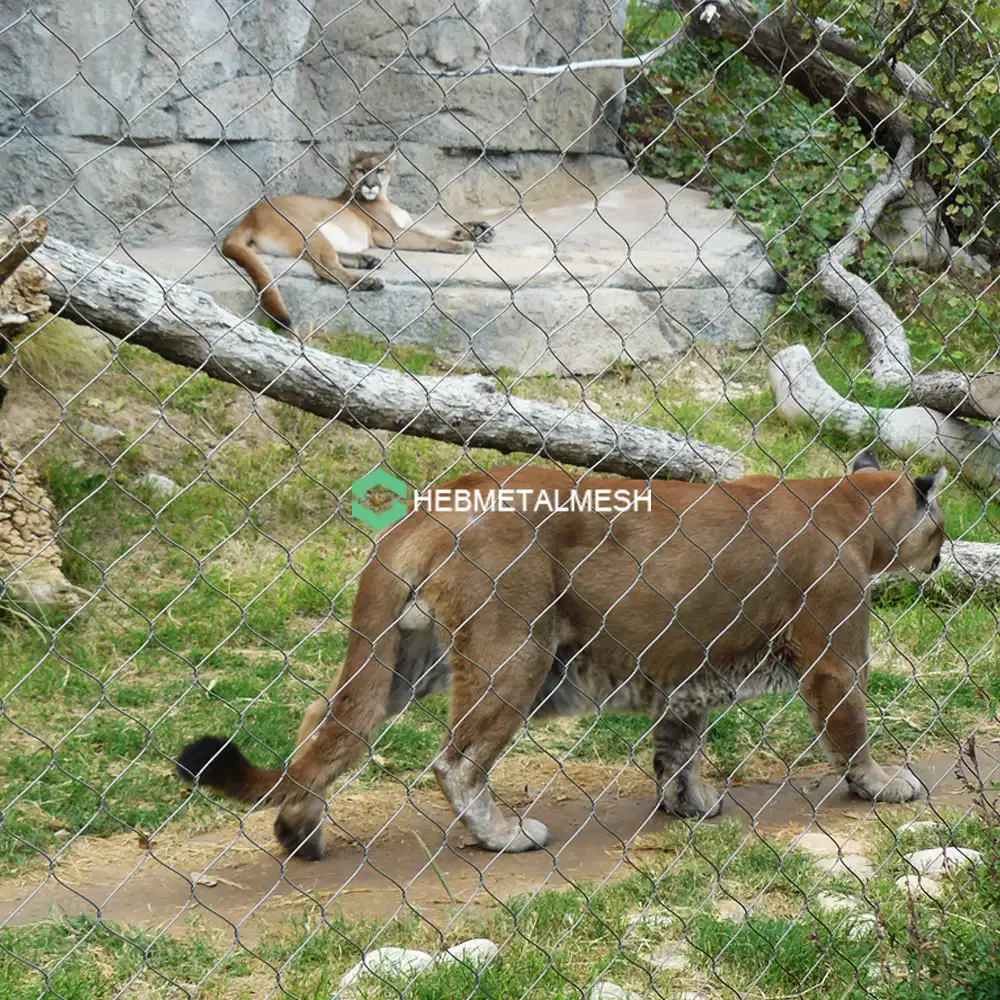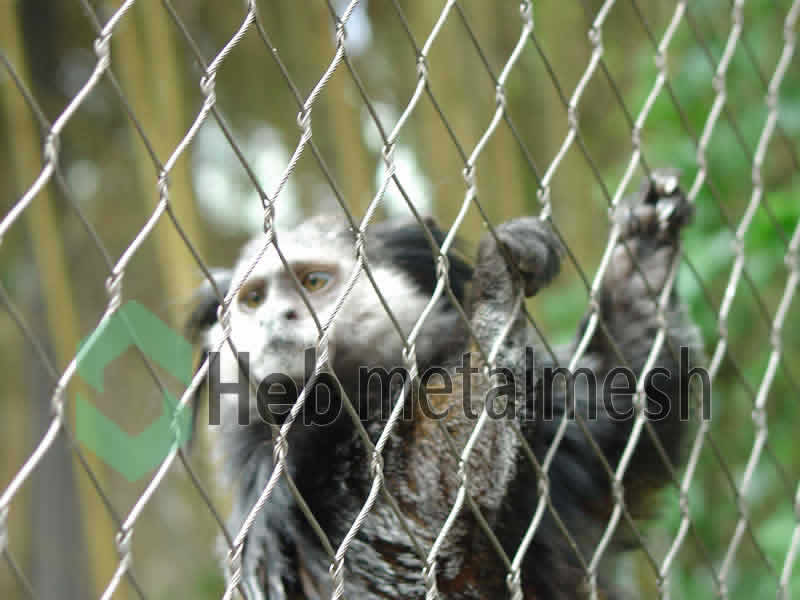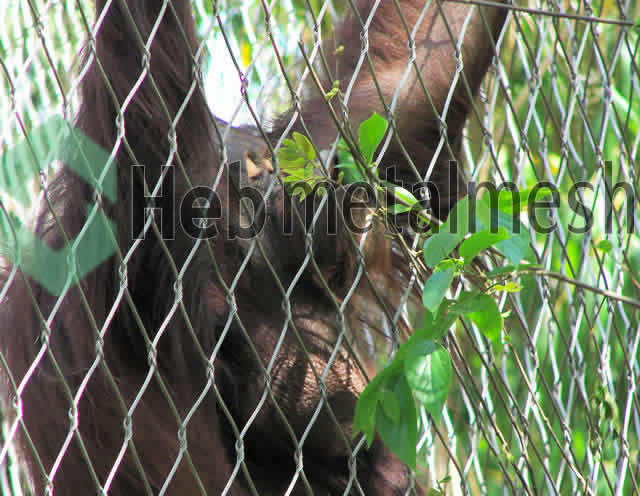
Animal enclosures are essential for housing animals in captivity. They provide a safe and secure environment for animals to live, and they also protect the public from potentially dangerous animals. The mesh is a crucial component of any animal enclosure. The mesh is used to create the walls and barriers of the enclosure, and it must be strong enough to contain the animal, but also safe enough to prevent the animal from injuring itself.
There are a variety of different types of meshes available, each with its own advantages and disadvantages. In this blog post, we will compare several of the most common types of animal enclosure meshes and discuss their advantages and disadvantages.
Types of Animal Enclosure Meshes
There are many different types of animal enclosure meshes available, but some of the most common include:
- Welded wire mesh: This mesh is formed by welding wires together at their intersections. It is a very strong and durable type of mesh, and it is also very resistant to corrosion.
- Chain link mesh: This type of mesh is created by linking together individual metal rings. It is a strong and durable type of mesh, and it is also very easy to install.
- Handwoven stainless steel mesh: This type of mesh is created by knotting together individual wire ropes. It is a strong and durable type of mesh, but it is also more expensive than other types of mesh.
- Woven wire mesh: This mesh is formed by weaving individual wires together, resulting in a strong, durable, and highly flexible material.
Advantages and Disadvantages of Different Types of Animal Enclosure Meshes
The type of meshes that you choose will depend on a number of factors, including the type of animal that you are housing, the size of the enclosure, and the budget. Here is a table that compares the advantages and disadvantages of different types of animal enclosure meshes:
| Mesh Type | Advantages | Disadvantages |
|---|---|---|
| Welded wire mesh | Strong, durable, corrosion-resistant | Expensive |
| Chain link mesh | Strong, durable, easy to install | Can be difficult to see through |
| Handwoven stainless steel mesh | Strong, durable, flexible | Expensive |
| Knotted wire mesh | Strong, durable, flexible | Can be difficult to cut |
Choosing the Right Animal Enclosure Mesh
When choosing an animal enclosure mesh, it is important to consider the following factors:
- The type of animal that you are housing: The mesh you choose should be strong enough to contain the animal, but also safe enough to prevent the animal from injuring itself.
- The size of the enclosure: The mesh you choose should be strong enough to support the weight of the animal and the enclosure.
- The budget: The cost of animal enclosure mesh can vary depending on the type of mesh and the size of the enclosure.
Conclusion
Animal enclosure meshes are an essential part of any animal enclosure. They provide a safe and secure environment for animals to live, and they also protect the public from potentially dangerous animals. When choosing an animal enclosure mesh, it is important to consider the type of animal that you are housing, the size of the enclosure, and the budget.
I hope this blog post has been helpful. If you have any questions, please feel free to leave a comment to us.

